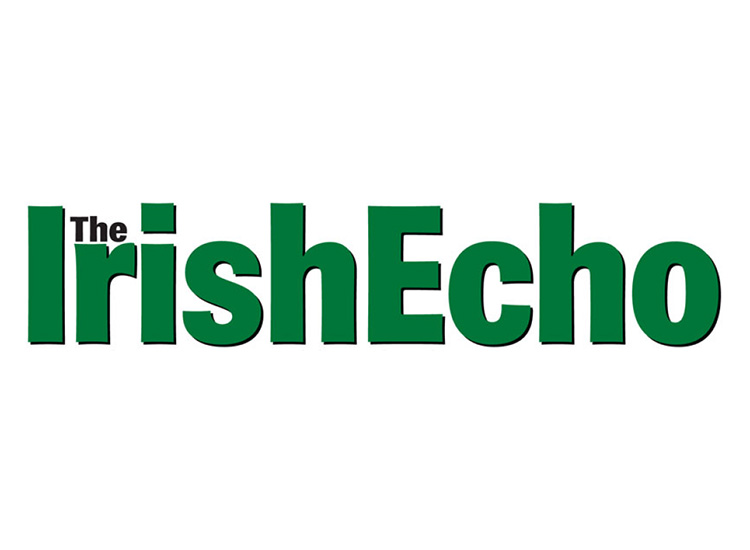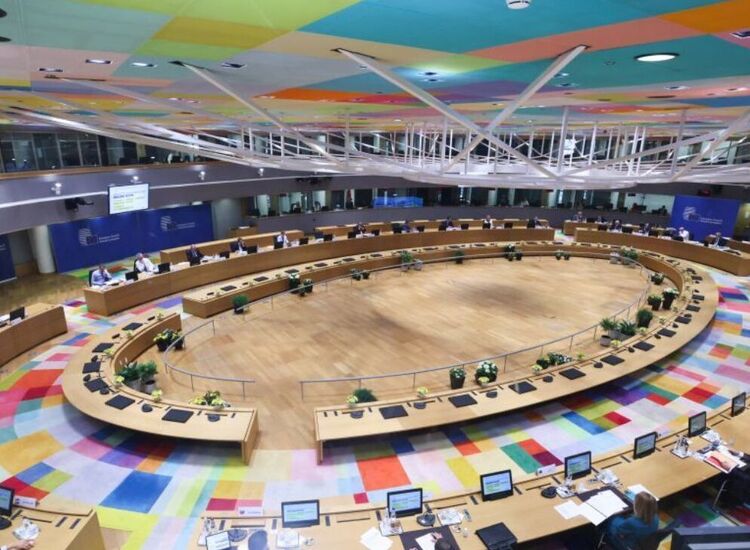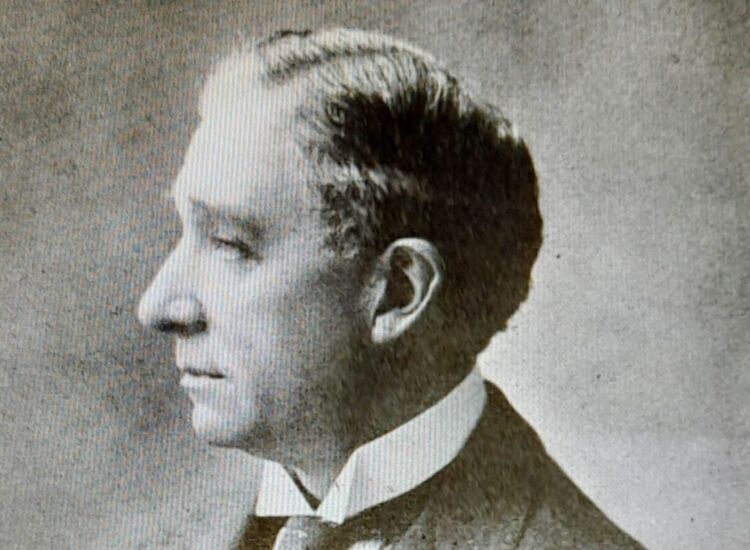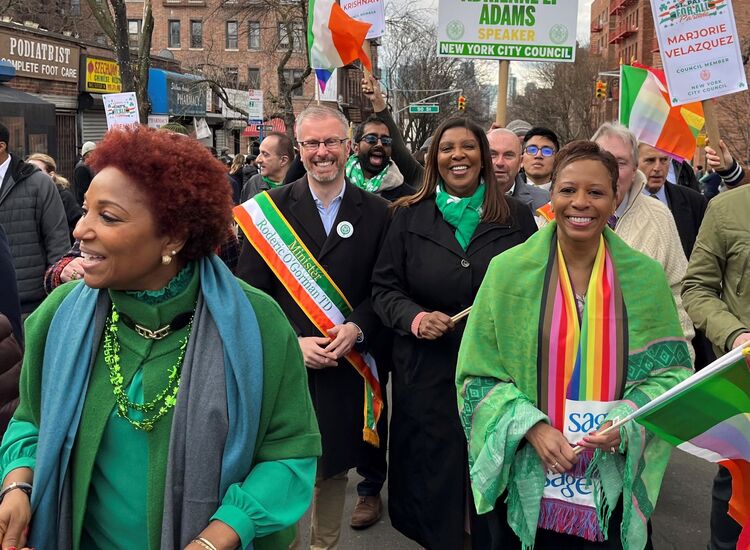By Earle Hitchner
If you read this "Ceol" column regularly, it's a safe bet that you are interested in Irish traditional music. I have been writing about it for various publications since 1978, and from 1984 to 1989 I also broadcast it on radio. So I understand why you're reading my words here every week. It's not me. It's the music.
For me, attracting the curious is as important as attracting the converted. That's been my dual motivation for writing about Irish traditional music since 1991 for the Irish Echo and since 1995 for The Wall Street Journal. Apart from reaching hard-core trad devotees, I want casual readers, possibly unaware of the best that Irish traditional music has to offer, at least to give it a chance. If they listen to it and are unmoved, I'm content in knowing they tried. But if they remain curious or fall down the rabbit hole as I did so many years ago, I'll be waiting here in "Ceol" and elsewhere to assist them in discovering more.
I'm a critic, but I'm also a fan. Every serious, proficient music critic I have known or read, from Gary Giddins and Nat Hentoff to Alex Ross and Fintan Vallely, is the same. We all care deeply about the music and musicians that humble our meager ability to describe them.
My task in "Ceol" and elsewhere invariably becomes easier when an Irish traditional musician or dancer receives a National Endowment for the Arts' National Heritage Fellowship. By formally validating the value of Irish traditional music and dance of surpassing excellence, the NEA sends a powerful signal to society at large that they should pay attention to these artists who enrich our entire culture through their own. The awards establish and elevate those artists' creativity in the national mind. As a result, traditional arts proudly rooted in ethnicity suddenly transcend it. They become, quite literally, the prize possession of not just Irish America but America.
The National Endowment for the Arts has four categories of lifetime achievement awards: Opera Honors, initiated in 2008; National Medal of Arts, begun in 1984; and Jazz Masters Fellowships and National Heritage Fellowships, both launched in 1982. All but the National Medal of Arts currently provide a one-time monetary award of $25,000.
Over the past 28 years, 11 Irish artists have received a National Heritage Fellowship. The first was in the first year of the awards: Joe Heaney, a Connemara-born sean-nos singer who lived in America since 1965 and died two years after his National Heritage Fellowship. The NEA biography of Heaney in 1982 ends with this stark statement: "He felt his singing and traditions were more appreciated in the United States than they were in Ireland."
Mike Rafferty, born in East Galway and a resident of the U.S. since 1949, is the latest Irish musician to enter the rarefied ranks of National Heritage Fellows. On September 22, this flute, whistle, uilleann pipes, and Jew's harp master will probably get the best early birthday present of his life. Five days shy of his 84th birthday, he will receive a National Heritage Fellowship in Washington, D.C. It is the most prestigious U.S. honor dedicated to folk and traditional arts, and it is America's way of telling him that his unique artistry uplifts us all. In a time of troubling dissension and spreading despair in America, especially among working people and those without work, Mike Rafferty offers harmony and calm through beautiful music played skillfully and soulfully. His is a spirit-replenishing sound that banishes the noisome noise of politics.
The Irish honor roll of NHF recipients comprises Joe Heaney, Joe Shannon, Martin Mulvihill, Michael Flatley, Jack Coen, Liz Carroll, Donny Golden, Mick Moloney, Kevin Burke, Joe Derrane, and Mike Rafferty. What additionally gratifies me is the fact that Mike Rafferty will join bluegrass singer and guitarist Del McCoury among the NHF recipients for 2010.
In 2004 I wrote a Wall Street Journal profile of McCoury, who was inducted into the Grand Ole Opry on Oct. 25, 2003. "What took so long?" I rhetorically asked in my article. A possible clue came in this comment McCoury made to me: "I knew there was some discrimination against bluegrass. But I was confident that if people heard bluegrass music played the way it can be played and in the right context, quite a few of them would like it."
What Del McCoury has tried to do for bluegrass, Mike Rafferty has tried to do for Irish traditional music. Both have succeeded in ways they themselves may not fully fathom. No matter. That's my job here. As one awestruck audience member told me at a Del McCoury concert in Manhattan's Bowery Ballroom: "That guy rules." So does Mike Rafferty.
"Ceol" readers wishing to attend the National Heritage Fellowships ceremony, where Mike Rafferty will receive his award from NEA Chairman Rocco Landesman, can simply go to the Thomas Jefferson Building, U.S. Library of Congress, 1st Street S.E. (between Independence Ave. and E. Capitol St.), Washington, D.C., at 6:30 p.m. sharp on Wed., Sept. 22. It's open to the public and requires no ticket or reservation.
For those who want to attend the National Heritage Fellowships Concert featuring Mike Rafferty with his daughter Mary Clancy and Willie Kelly, as well as the Del McCoury Band, at 8 p.m. on Fri., Sept. 24, in the Music Center at Strathmore, 5301 Tuckerman Lane, Bethesda, MD 20852, you can reserve your free tickets (limit of six per person) by visiting www.strathmore.org. Ticketholders are strongly advised to show up no later than 7:45 p.m.
Finally, for those who can't attend either event, I encourage you to watch the concert via a live webcast at www.arts.gov. The concert will also be archived there for later viewing.
Congratulations again to Mike Rafferty, NEA National Heritage Fellow for 2010 who was also the Irish Echo's Traditional Artist of the Year for 2003. The unremitting brilliance of this living legend from Galway now shines a spotlight on outstanding Irish traditional music everywhere it's performed and written about.









